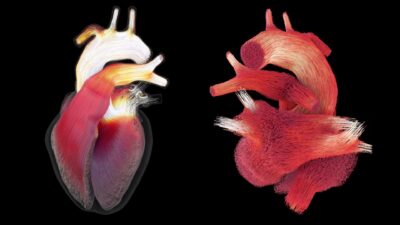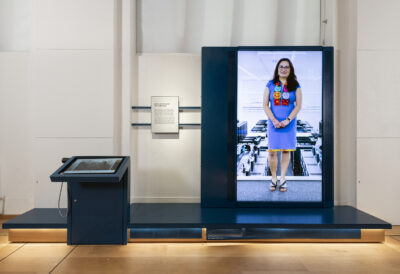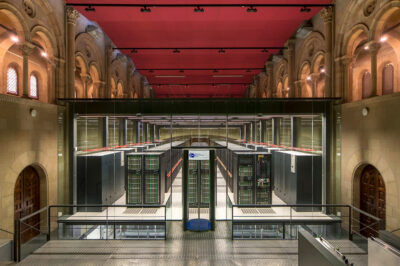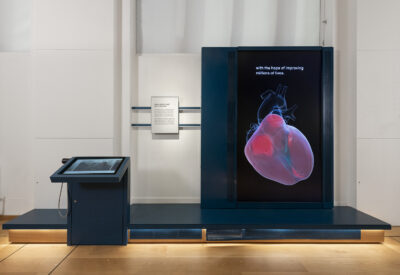
The complex and beautiful simulation of a beating human heart was created by bioengineer Dr Jazmín Aguado Sierra using scans of her own heart. It shows the complex interactions between electrical impulses, muscle contraction and blood flow in the heart – a feat only possible using supercomputer power.
Dr Aguado Sierra used her own data captured from sources including electrocardiographs that measured electrical impulses and Magnetic Resonance Imaging (MRI) scans of her heart tissues.
The anatomical data was then inputted into mathematical equations that described her heart’s workings and her virtual heart was created with the same technology commercialised by the Spanish startup ELEM Biotech and brought to life by MareNostrum, a high-performance supercomputer based at Barcelona Supercomputing Center (BSC-CNS), and VEGA, located in Maribor, Slovenia, which reproduced her heart in remarkable detail.

The simulation contains 5 billion data values, with each snapshot of her virtual heart changing every hundred thousandth of a second, and which operate at different length scales using distinct types of physics. If a human attempted the calculations and analysis, it would take almost 57 billion years.
But by using MareNostrum, and complex mathematical techniques employed by Dr Aguado Sierra and her colleagues at ELEM Biotech, just nine hours is needed.

The new model builds on earlier research and allows us to better understand this vital organ which beats 100,000 times a day to supply oxygen around the body.
The calculations can be adjusted to simulate different heart conditions, showing why a heart beats too fast, too slow or irregularly. Doctors and researchers can also test treatments before they are used on patients, and in the future, digital twins of entire bodies could be made, transforming how we could predict, diagnose and treat illness.
Visitors can see the Virtual Heart display and accompanying animation within the Bodies section of the Engineers gallery. This section examines collaborations between clinicians, medical engineers, and patients, and showcases real-world solutions that place people and their bodies at the heart of precision engineering practice.

The Engineers gallery opened in June 2023, marking ten years of the Queen Elizabeth Prize for Engineering – the world’s leading award for engineers.
The gallery celebrates our engineering heritage and showcases innovations through the global lens of the Queen Elizabeth Prize for Engineering with current and past prize winners featured throughout.